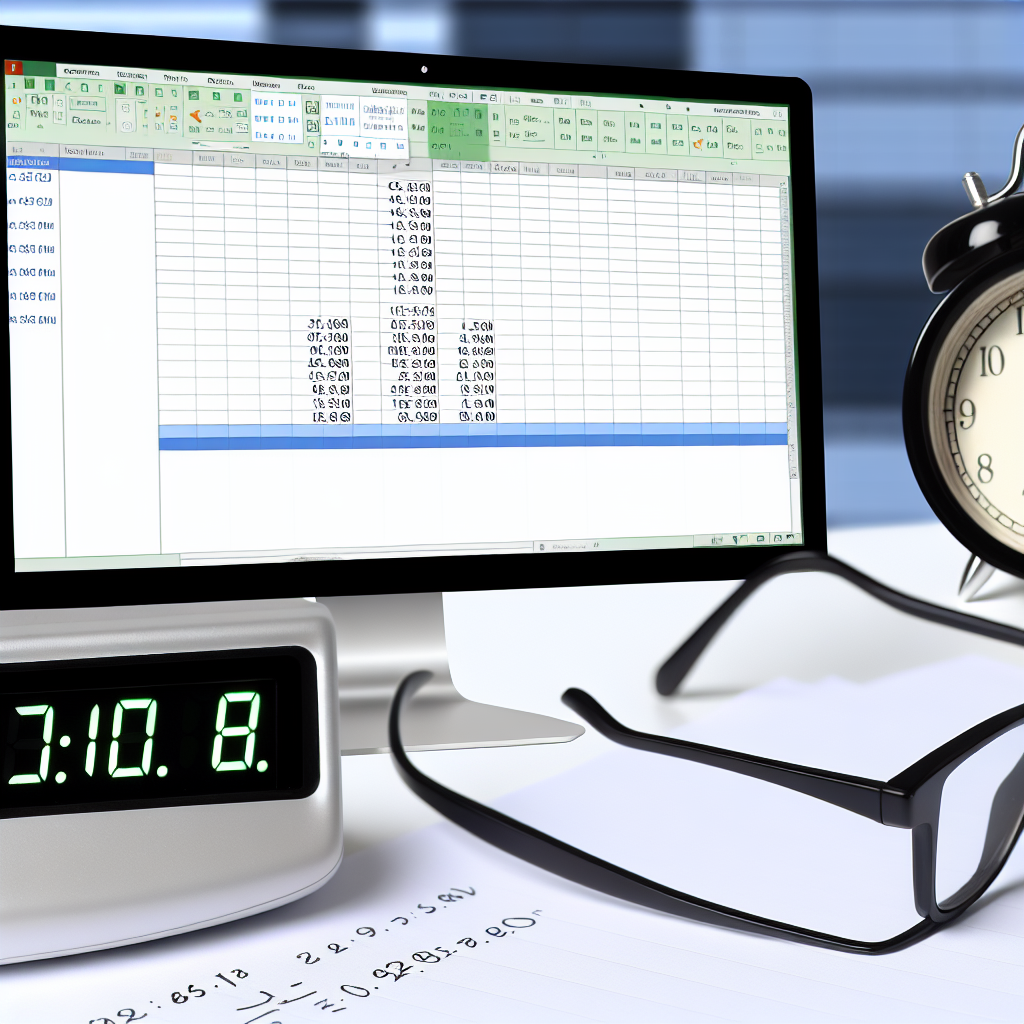Managing and calculating work hours accurately is crucial for payroll, project tracking, and productivity analysis. Excel offers powerful tricks and functions that can simplify this process, saving you time and reducing errors. In this article, we’ll explore a simple yet effective trick to quickly calculate work hours, making your workflow more efficient and accurate.
Using Time Difference for Accurate Work Hours Calculation
The most common scenario when calculating work hours involves two key pieces of data: the start time and end time of a work shift. Excel’s **time subtraction** feature allows you to accurately determine the total hours worked by simply subtracting the start time from the end time.
For example, suppose you have the start time in cell A2 (e.g., 9:00 AM) and the end time in cell B2 (e.g., 5:30 PM). To find the total hours worked, you can use the formula:
=B2-A2
This formula calculates the time difference. However, to display the result in hours and minutes stylishly, ensure the cell is formatted as **[h]:mm**. This custom format allows the total hours to accumulate properly beyond 24 hours, which is vital for longer shifts or multiple days of work.
- Step 1: Enter start and end times in cells.
- Step 2: Write the formula =B2-A2.
- Step 3: Format the result cell with custom format **[h]:mm**.
This approach effectively captures the total work hours, including overnight shifts if necessary, as Excel can handle time calculations across days seamlessly with proper formatting.
Handling Breaks and Multiple Shifts for More Precise Calculation
To refine your work hours calculation, especially when breaks are involved, you can expand your approach to account for multiple clock-ins and clock-outs within a single day. For this, using **SUM** and **IF** functions combined with proper formatting will ensure accuracy to the minute.
Suppose your data involves multiple time entries throughout the day:
- A2: Clock-in
- B2: Break start
- C2: Break end
- D2: Clock-out
To calculate total work hours excluding breaks, you can use the formula:
= (D2 – A2) – (C2 – B2)
This subtracts the break duration from the total shift duration, providing a precise measure of active work hours. Remember to format the cell with **[h]:mm** to display correctly. If you have multiple days, sums, or shifts, simply extend the formulas accordingly, ensuring all time data is entered in proper Excel time format.
By leveraging these techniques, you can drastically reduce manual calculation errors, save time, and generate accurate work hour reports, making your Excel sheets more reliable for payroll and productivity analysis. This trick isn’t just simple—it’s incredibly efficient for anyone managing time tracking.
In conclusion, calculating work hours in Excel becomes straightforward by understanding how to subtract times correctly and incorporate break times or multiple shifts. Using proper cell formatting and leveraging Excel’s formulas, you can automate hours calculation, saving you significant effort and reducing errors. Try these tips today to optimize your time management tasks effortlessly!
